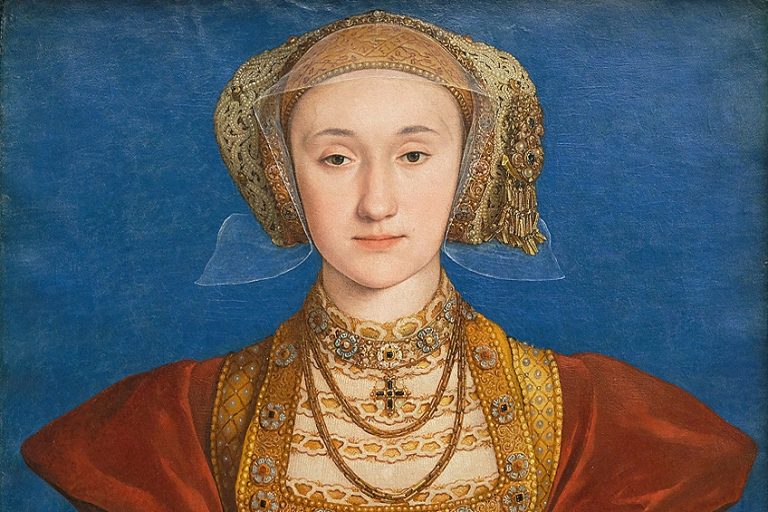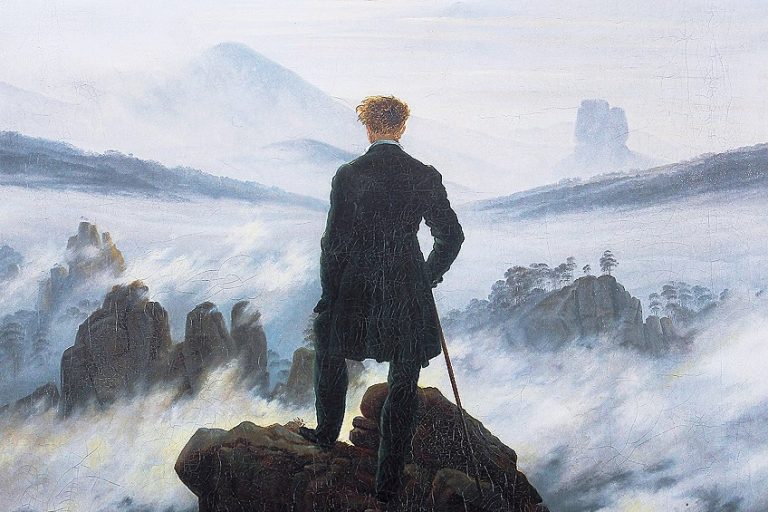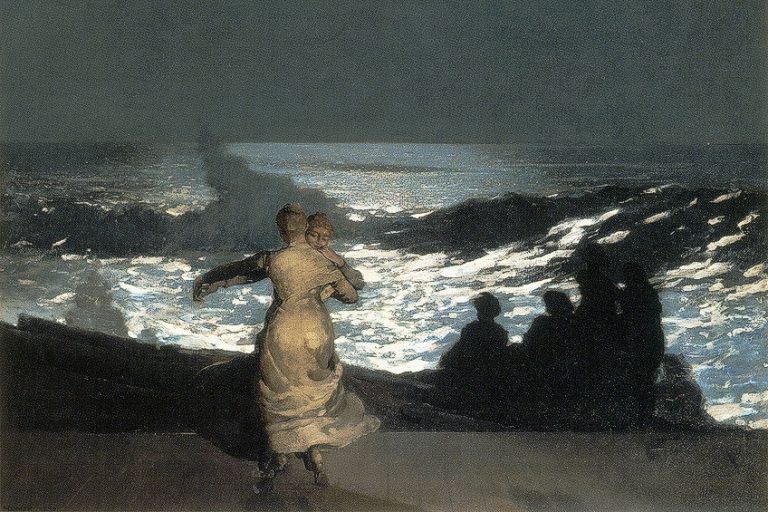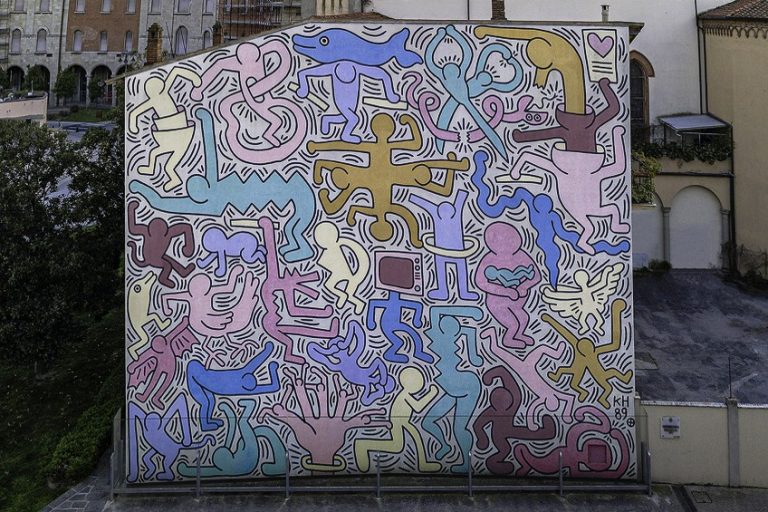“The Foxes” by Franz Marc – Art and Nature
The Foxes by Franz Marc is a striking example of early 20th-century German Expressionism, painted in 1913. This vibrant and dynamic piece exemplifies Marc’s unique approach to depicting animals, which he saw as embodying purity and spiritual harmony. Using bold colors and geometric forms, Marc captures the essence of foxes in a fragmented, almost crystalline composition that reflects the influence of Cubism and Futurism. This painting not only highlights Marc’s innovative artistic style but also his deep connection to nature, which he believed was a source of spiritual renewal and insight. The Foxes stands as a testament to Marc’s profound impact on the Expressionist movement and his enduring legacy in modern art.
Key Takeaways
- The Foxes is a 1913 painting by German artist Franz Marc.
- It was recently auctioned after being returned to the heirs of Kurt Grawi.
- Marc was a leading figure in the Expressionist movement, known for his bold use of color and animal subjects.
The Life and Work of Franz Marc
| Artist | Franz Marc (1880 – 1916) |
| Date Created | 1913 |
| Medium | Oil on canvas |
| Genre | Animal painting |
| Period/Movement | Expressionism |
| Dimensions (cm) | 88 × 66 |
| Series/Versions | Not part of a series; single version |
| Where Is It Housed? | Private collection |
| What It Is Worth | Sold for £42.6 million in 2022 |
Franz Marc’s The Foxes, painted in 1913, represents a vivid example of German Expressionism. This masterpiece showcases Marc’s fascination with animals and his innovative use of bold colors and abstract forms. His work, characterized by its mystical quality and emotional depth, continues to captivate art enthusiasts around the world. The painting was part of the collection at the Museum Kunstpalast in Düsseldorf before being returned to the heirs of Kurt Grawi in 2022. Subsequently, it was sold at auction, highlighting the ongoing interest and value Marc’s work holds in the art market.

The Foxes stands out not just for its artistic brilliance but also for its notable journey through various hands and collections over the years. Franz Marc, alongside Wassily Kandinsky, was a core member of the Expressionist group known as Der Blaue Reiter. His untimely death in World War I cut short a promising career, yet his legacy endures through works like The Foxes. Marc’s unique vision and contribution to modern art continue to be celebrated and studied, making his pieces essential for understanding the development of early 20th-century art movements.
Founding of Der Blaue Reiter
In 1911, Franz Marc, along with Wassily Kandinsky, established Der Blaue Reiter. This group aimed to express spiritual truths through art, distancing itself from the traditional art forms prevalent at the time. Der Blaue Reiter included artists from various avant-garde movements such as Cubism and Futurism and aimed to bring together different artistic perspectives. Marc’s work played a crucial role, and his use of bold colors and animal subjects became a defining feature of the group.
This collective held exhibitions and published an almanac that discussed their objectives and artistic theories.
Expressionist Philosophy and Techniques
Franz Marc believed that animals held a spiritual purity that humans had lost. This belief inspired his use of animals as a central theme in his work. His paintings often featured vibrant colors and abstract forms to transcend physical appearances and reveal the inner essence of his subjects. Marc’s use of color was symbolic; for example, blue represented spirituality, yellow stood for joy, and red symbolized violence. These techniques helped convey his philosophical views and brought a unique depth to the Expressionist movement. His career, cut short when he died in World War I, left a lasting impact on modern art.

Analysis of The Foxes
The Foxes by Franz Marc is a significant piece of German Expressionism, blending influences from Cubism and the artist’s deep affinity with animals. Marc’s innovative use of color and shape creates a vivid, abstract portrayal of foxes that captures their essence and the natural world.
Artistic Context and Influences
Franz Marc painted The Foxes in 1913, during a time of great artistic experimentation. He was heavily influenced by French Cubism and the works of Robert Delaunay. Marc, along with Wassily Kandinsky, was a central figure in the Der Blaue Reiter group. This avant-garde movement sought to express spiritual truths through abstract forms. Marc admired the works of artists like Vincent van Gogh and Paul Gauguin, who also used bold colors and dynamic compositions.

Symbolism and Themes
Marc believed that animals possessed a purity and honesty absent in humans. In The Foxes, he uses the foxes not just as subjects, but as symbols of the natural world’s vitality and integrity. Marc’s work often reflects his view that animals were closer to the spiritual harmony of nature.
He breaks down the animals into abstract forms, with the foxes appearing fragmented and angular, suggesting their energy and alertness.
Composition and Use of Color
The painting is executed in oil on canvas, measuring 88 cm by 66 cm. Marc employs bold, vibrant colors, with harmonious hues blending together. The foxes are depicted in a mix of reds, oranges, and yellows, contrasted against a background of blues and greens. This use of color creates a dynamic, almost kaleidoscopic effect. The composition is fragmented, reminiscent of Cubist techniques, which Marc adapted to fit his style. The angular forms and intersecting planes convey the motion and liveliness of the animals.

Provenance and Impact on Modern Art
The Foxes by Franz Marc has a complex ownership history that reflects the turmoil of early 20th-century Europe. Its journey through private collections, museums, and legal disputes highlights its significance in both art history and modern restitution efforts.
Ownership History
The Foxes was painted by Franz Marc in 1913, a key year in his artistic development. It was initially owned by Kurt and Else Grawi, a Jewish banker and his wife. They purchased the painting in 1928 from Max Leon Flemming, a businessman in Hamburg. During World War II, the painting’s history becomes less clear. It turned up in the US art gallery Karl Nierendorf by 1939. After passing through various hands, it eventually became part of the Museum Kunstpalast in Düsseldorf’s collection.

Restitution and Legal Battles
Franz Marc’s painting was subject to intense legal scrutiny. Under Nazi rule, Jewish families like the Grawis were forced to sell their art collections under duress. Kurt Grawi was imprisoned in Sachsenhausen Concentration Camp before fleeing Germany. In 2022, Düsseldorf returned The Foxes to Kurt Grawi’s heirs after extensive provenance research confirmed the forced sale under Nazi persecution.
The painting was subsequently sold at auction for £35 million, setting a new record for the artist.
Influence and Legacy
The Foxes is a prime example of German Expressionism. Franz Marc, a key member of Der Blaue Reiter, used vivid colors and bold forms to express spiritual connections with nature. This painting has been displayed in renowned institutions like the Solomon R. Guggenheim Museum, the Art Institute of Chicago, and the Museum of Modern Art.
Its legacy extends beyond its artistic value. The painting’s restitution to the Grawi heirs symbolizes ongoing efforts to correct historical wrongs. It underscores the importance of provenance research and justice in the art world. The high auction price also reflects Marc’s enduring influence on modern art collectors and institutions.
The Foxes in the Global Art Market
The Foxes by Franz Marc has seen remarkable attention and success in the global art market, setting auction records and being showcased in prominent exhibitions around the world.
Record-Breaking Auction Sales
Franz Marc’s masterpiece, The Foxes, achieved notable success at auction. It was the centerpiece of Christie’s 20th/21st Century: London Evening Sale on March 1, 2022. With a pre-sale estimate in the region of £35,000,000, it drew significant interest from collectors worldwide.
The painting ultimately sold for £42.6 million, highlighting its value in the Open Market.
This sale contributed to a total of £155.8 million for the event, positioning it as a world record for the artist. The success at Christie’s in London emphasized the painting’s importance within the Impressionist and Modern Art category.
Exhibitions and Public Showcases
The Foxes has been displayed in various prestigious exhibitions. One notable exhibition was organized by Herwarth Walden at his Der Sturm gallery, which played a crucial role in promoting Expressionist artists. Major cities like New York, Paris, and Hong Kong have featured The Foxes in their prominent galleries and museums, reflecting its global appeal. These exhibitions have allowed art enthusiasts around the world to appreciate Franz Marc’s work, further cementing its status in the global art market.

The Foxes by Marc remains a quintessential work within the German Expressionist movement, embodying the artist’s visionary approach to color, form, and the natural world. Its geometric abstraction and vivid hues not only showcase Marc’s mastery of modernist techniques but also convey his philosophical quest to capture the spiritual essence of animals. This painting, with its rhythmic energy and symbolic resonance, continues to inspire and provoke contemplation, reminding viewers of the profound connections between art, nature, and the human experience. As an iconic piece, The Foxes underscores Marc’s lasting influence on the trajectory of modern art and his enduring legacy as a pioneer of Expressionism.
Frequently Asked Questions
What Is the Significance of Color in Franz Marc’s Fox Painting?
Color plays a crucial role in The Foxes. Franz Marc used vibrant colors to convey emotions and symbolize different aspects of life. He often associated blue with spirituality, yellow with joy, and red with violence or conflict. In The Foxes, the interplay of these colors reflects the complex, sometimes tumultuous life of the natural world.
What Artistic Techniques Did Franz Marc Employ in His Painting, The Foxes?
Franz Marc utilized techniques typical of the Expressionist movement. He used bold, dynamic lines and simplified forms to express emotional experience rather than physical reality. In The Foxes, these techniques create a sense of movement and energy. Marc also layered colors and shapes, giving the painting a sense of depth and vibrancy.
How Did Franz Marc’s Beliefs Influence His Depiction of Animals in His Artwork?
Franz Marc believed animals were purer than humans and connected to the spiritual. This belief influenced his depiction of animals as central figures in his artwork. In The Foxes, Marc portrays the foxes with a sense of nobility and harmony with their environment, highlighting his admiration and reverence for the animal kingdom.
What Is the Historical Context Surrounding the Creation of The Foxes?
The Foxes was created in 1913, a period marked by social and political unrest leading up to World War I. Franz Marc, an important figure in the Der Blaue Reiter group, was deeply affected by these events. His painting reflects a world in flux, where traditional values were being questioned, and a search for deeper meaning was underway. The painting was later held by the Museum Kunstpalast in Düsseldorf before being returned to the heirs of Kurt Grawi and auctioned in 2022.
Isabella studied at the University of Cape Town in South Africa and graduated with a Bachelor of Arts majoring in English Literature & Language and Psychology. Throughout her undergraduate years, she took Art History as an additional subject and absolutely loved it. Building on from her art history knowledge that began in high school, art has always been a particular area of fascination for her. From learning about artworks previously unknown to her, or sharpening her existing understanding of specific works, the ability to continue learning within this interesting sphere excites her greatly.
Her focal points of interest in art history encompass profiling specific artists and art movements, as it is these areas where she is able to really dig deep into the rich narrative of the art world. Additionally, she particularly enjoys exploring the different artistic styles of the 20th century, as well as the important impact that female artists have had on the development of art history.
Learn more about Isabella Meyer and the Art in Context Team.
Cite this Article
Isabella, Meyer, ““The Foxes” by Franz Marc – Art and Nature.” Art in Context. June 13, 2024. URL: https://artincontext.org/the-foxes-by-franz-marc/
Meyer, I. (2024, 13 June). “The Foxes” by Franz Marc – Art and Nature. Art in Context. https://artincontext.org/the-foxes-by-franz-marc/
Meyer, Isabella. ““The Foxes” by Franz Marc – Art and Nature.” Art in Context, June 13, 2024. https://artincontext.org/the-foxes-by-franz-marc/.











